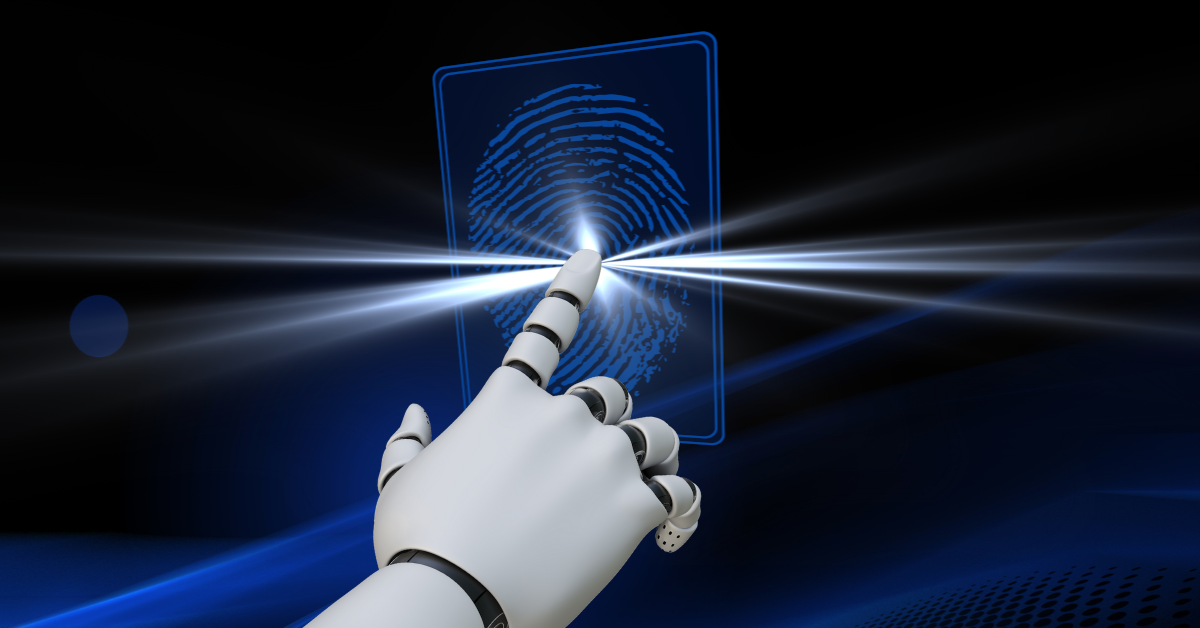Categories
Fingerprint sensors have become a cornerstone of modern security, seamlessly integrated into smartphones, laptops, and even door locks. These tiny marvels of technology have evolved dramatically, transitioning from rudimentary capacitive systems to sophisticated ultrasonic solutions that promise greater accuracy and security.
This article dives deep into the history, mechanics, and future of fingerprint sensing technology, exploring how these innovations have reshaped authentication and what lies ahead.

The concept of using fingerprints for identification dates back centuries, but their integration into electronic devices began in the late 20th century. Early fingerprint sensors laid the groundwork for biometric security, driven by the need for reliable, user-friendly authentication.
Fingerprint identification was formalized in the 19th century by Sir Francis Galton, but electronic sensors emerged in the 1990s with the rise of computing.
Initial designs relied on optical scanning, capturing images of fingerprints using light and cameras. These were bulky, slow, and prone to errors from dirt or lighting conditions.
Early adoption was limited to high-security applications like government facilities due to cost and size constraints.
By the early 2000s, capacitive fingerprint sensors became the standard, offering a compact and cost-effective solution that propelled biometrics into consumer devices.
Capacitive sensors use an array of tiny capacitors to detect the ridges and valleys of a fingerprint. When a finger touches the sensor, it creates an electrical map of the print, which is then compared to stored data.
Capacitive sensors revolutionized device security, with companies like Apple integrating them into the iPhone 5S in 2013 via Touch ID. This move popularized fingerprint authentication, making it a staple in consumer electronics.
While capacitive sensors dominated, optical fingerprint sensors re-emerged with advancements, particularly in under-display technology for smartphones.
Modern optical sensors use light to capture high-resolution images of fingerprints, often embedded beneath device screens. They rely on advanced algorithms to process the data.

Optical sensors gained traction in mid-range smartphones, offering a balance of cost and functionality. Companies like Vivo and Xiaomi embraced this technology to eliminate physical buttons.
The introduction of ultrasonic fingerprint sensors marked a significant breakthrough, addressing many limitations of earlier technologies.
Ultrasonic sensors use high-frequency sound waves to map the 3D structure of a fingerprint, penetrating beneath the skin’s surface to capture detailed patterns.
The sensor emits ultrasonic pulses that reflect off the finger.
Reflections create a detailed 3D image, including pores and subsurface features.
Advanced algorithms convert the data into a secure template for authentication.
Despite their promise, ultrasonic sensors face hurdles:
Thermal fingerprint scanners represent a promising advancement, leveraging the natural heat patterns of a finger to enhance biometric authentication. Unlike capacitive or ultrasonic methods, these scanners detect the temperature differences between the ridges and valleys of a fingerprint, creating a unique thermal profile.
Thermal sensors use infrared technology to measure the heat emitted by a finger’s contact with the scanner. Since ridges have more contact and thus higher heat transfer than valleys, they generate a distinct thermal map that is converted into a digital template for identification.
In recent years, companies have begun experimenting with thermal fingerprint technology, with prototypes appearing in specialized security applications by 2023. Research continues to refine the sensors, aiming for integration into smartphones and IoT devices, potentially by 2025 or 2026, as manufacturing costs decrease and efficiency improves.
Thermal scanners could complement existing technologies, offering a multi-layered approach to biometrics. Combined with AI to adapt to varying conditions, they might soon provide a robust, anti-spoofing solution for high-security environments, marking the next step in the evolution of fingerprint sensing.
Fingerprint sensor technology has transcended its initial role in consumer electronics, becoming a vital component in various industries. In the automotive sector, these sensors enable keyless entry and personalized driver settings, enhancing both security and user experience.
In healthcare, fingerprint sensors secure patient records and medical devices, ensuring compliance with stringent privacy regulations. The financial industry leverages them for secure ATM access and mobile banking authentication, reducing fraud risks.
Additionally, smart home systems increasingly incorporate biometric locks powered by fingerprint sensors for doors and safes, offering homeowners peace of mind. This versatility highlights the technology’s adaptability, making it a cornerstone of security across diverse applications.
The evolution of fingerprint sensors is far from over. Emerging trends point to even more advanced systems that could redefine biometrics.
Fingerprint sensors have come a long way from their capacitive origins, with ultrasonic technology pushing the boundaries of security and usability. As these systems become more sophisticated, they promise to unlock new possibilities in how we secure our devices and lives. The journey of fingerprint sensors reflects a broader trend in technology: the relentless pursuit of innovation that balances convenience, security, and accessibility. The future holds exciting prospects, from AI-driven enhancements to seamless integration in everyday objects, ensuring that fingerprint sensors remain at the forefront of biometric authentication.